Harvest Lane Honey Beekeeping Beehive Starter Kit, 2 Box without Accessories
The Harvest Lane Honey Backyard Beehive Starter Kit has what you need to get started with a fantastic new hobby. Beekeeping is a safe, fun, and rewarding experience that can be a hobby, or a way of life. with the simple, all-in-one beekeeping kit, you can begin your beekeeping opportunity the moment the bees arrive.
The Harvest Lane Honey Backyard Beehive Starter Kit has what you need to get started with a fantastic new hobby. Beekeeping is a safe, fun, and rewarding experience that can be a hobby, or a way of life. with the simple, all-in-one beekeeping kit, you can begin your beekeeping opportunity the moment the bees arrive.
- Backyard beehive starter kit makes it easy to start your new hobby
- 100% painted, assembled and ready to go
- Beekeeping kit includes: Outer cover, inner cover, (2) deep hive bodies, with (19) frames assembled with plastic foundation, bottom board, entrance reducer, in-hive feeder
Additional information
| Country of Origin | Made in USA |
|---|---|
| Primary Material | Pine |
| Manufacturer Part Number | WWA-108 |



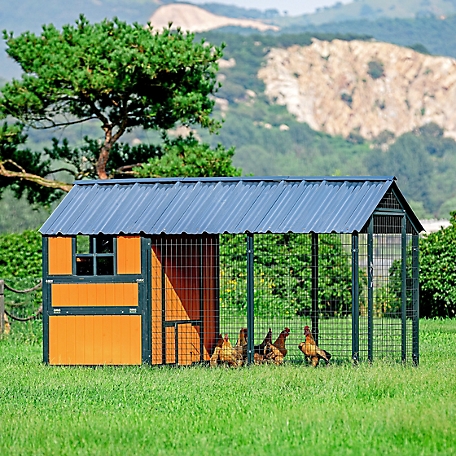
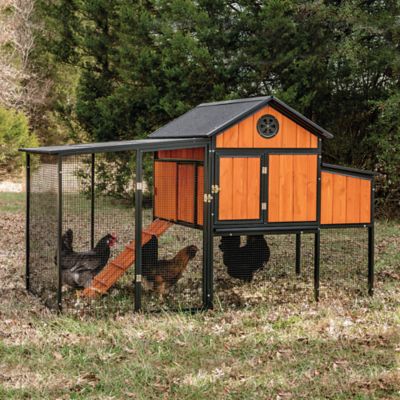
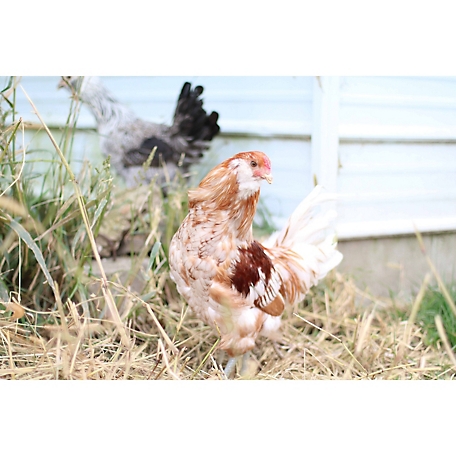
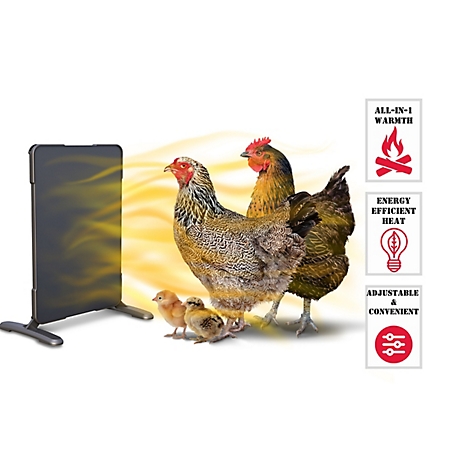
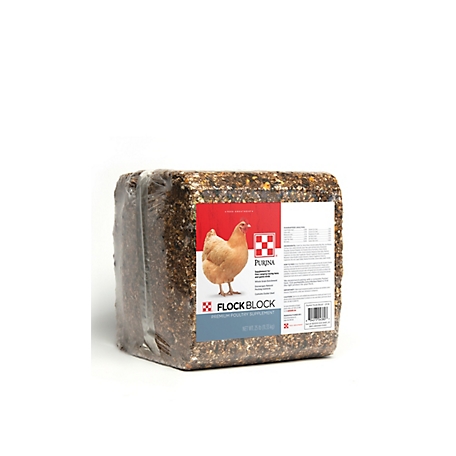


by Sambo
Great value and covers all the basics.
by Jon
Perfect addition for an extra hive when you already have all the accessories. Plus it’s already painted.
by Gator
The bee hive box is made well. It arrived undamaged. Looking forward to using it this spring.